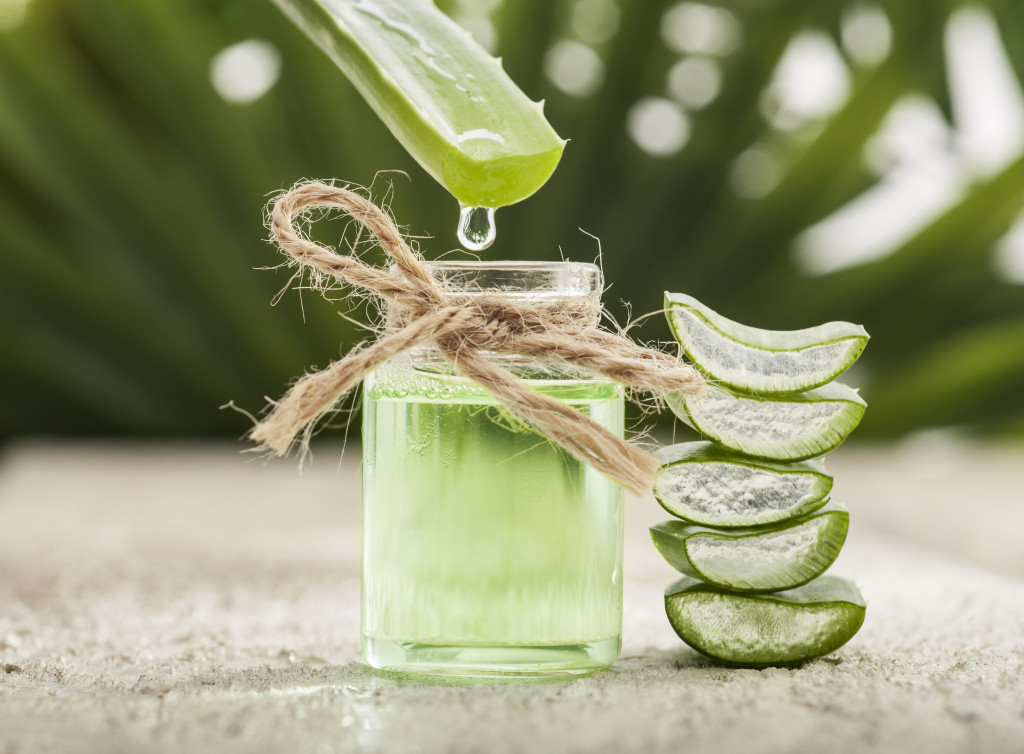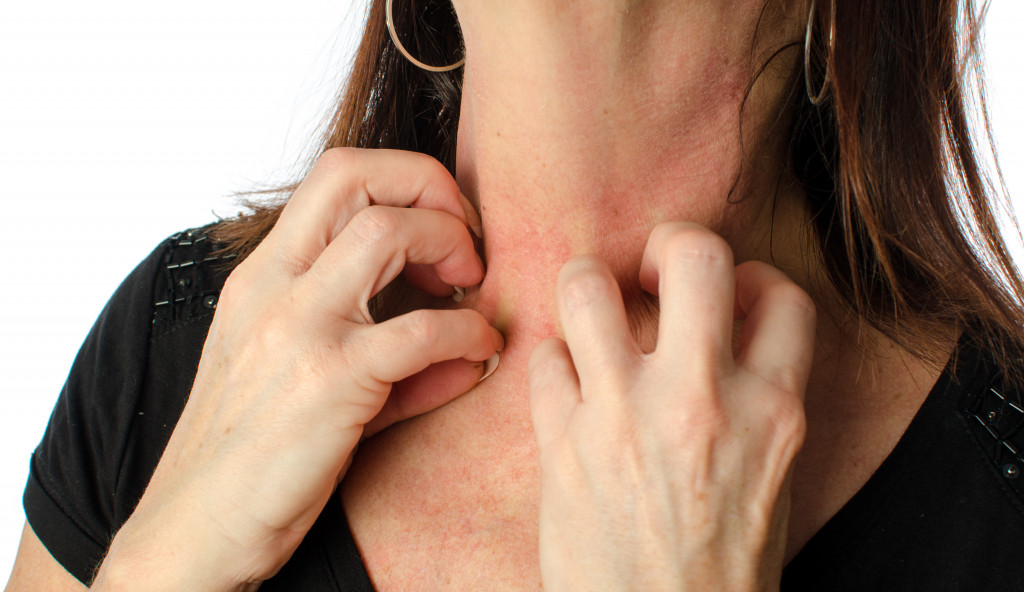Rashes can be caused by a variety of things, from alone infections. In most cases, they are not severe and will leave alone within a week or two. However, there are times when home remedies are not enough, and you need to see a doctor. This article will discuss five common causes of rashes and how to treat them at home.
Wash Regularly
While many over-the-counter treatments are available, sometimes the best course of action is to let the rash run its course simply. However, there are some things you can do at home to help relieve the itchiness and speed up the healing process. One of the most important things you can do is to keep the affected area clean and dry.
Wash the area regularly with warm water and mild soap, and pat it dries afterward. You should also avoid scratching the rash, leading to further irritation and infection. If the rash is uncomfortable, you can try applying a cool compress or calamine lotion to help soothe the skin.
You can also try buying skincare products for dry skin online. Washing rashes using these products can help keep the area clean and dry so that the rashes don’t lead to infection. You can easily get these products online at affordable prices.
Use Oatmeal
Oatmeal has long been used to treat irritable skin conditions like rashes, eczema, and poison ivy. The active ingredient in oatmeal is avenanthramide, which has anti-inflammatory and antioxidant properties. When applied to the skin, oatmeal can help to soothe irritation and relieve itchiness.
Oatmeal baths are a popular home remedy for rashes and are simple to prepare. Add 1-2 cups of uncooked oatmeal to a bathtub filled with warm water. Stir the oatmeal to disperse it evenly, then soak it in the tub for 15-20 minutes. You can also make a paste out of oatmeal by mixing it with water or milk. Apply the paste to the affected area and leave it on for 15-20 minutes before rinsing it off with cool water. For best results, repeat this process 2-3 times per day until the rash disappears.
Apply Aloe Vera
Aloe Vera is a succulent plant often used for its medicinal properties. The gel from the plant’s leaves can be applied to the skin to treat burns, rashes, and other inflammatory skin conditions. Aloe Vera contains several compounds that are thought to have anti-inflammatory and healing properties. For example, aloesin is a compound that has been shown to inhibit the growth of bacteria and promote wound healing.

The gel also contains compounds like gibberellins and auxins, which are thought to stimulate cell growth and help repair damaged tissue. Additionally, Aloe Vera is high in antioxidants, which can help to protect the skin from environmental damage. To use Aloe Vera for a rash, apply the gel to the affected area several times a day. You can also purchase Aloe Vera products from the store, such as gels, creams, and lotions.
Take Probiotics
Probiotics are healthy bacteria that live in our gut and help keep our digestive system functioning properly. They also play a role in immunity, and some research suggests that they may help to reduce the risk of certain chronic diseases. Probiotics are available in supplement form and can also be found in fermented foods like yogurt, kimchi, and sauerkraut.
Some people also use probiotics to treat skin conditions like eczema and psoriasis. While some evidence supports this use, more research is needed. Probiotics are generally considered safe but can cause side effects like bloating and gas. They may also interact with certain medications. If you’re considering taking probiotics for a skin condition, talk to your doctor first to see if it’s right for you.
See a Doctor
While many rashes will go away independently, some can linger for weeks or months. If you’re dealing with a rash that seems to be resistant to over-the-counter treatments, it’s time to see a doctor.
Your doctor will take a thorough medical history and perform a physical exam at your appointment. They may also order blood work or skin biopsy tests to rule out any underlying conditions. Once diagnosed, they’ll prescribe the appropriate treatment, including oral medications, topical creams, ointments, or light therapy.
Several home remedies can be used to treat rashes. These include applying Aloe Vera, using coconut oil, taking probiotics, and many more. However, if these home remedies do not work, it is important to see a doctor for further treatment. The right treatment plan will clear most rashes within a few weeks.

